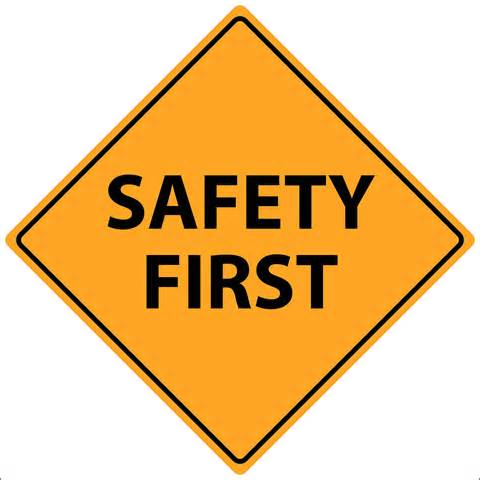
* Chart of Consequences for Student Behaviour = ChartOfConsequences.pdf
* Please note that all visitors and parents entering the building must be buzzed in at the front door. The back door entrance and doorbell are only for TDSB staff. Once parents and visitors have entered the school, they must report to the office.
We are committed to making sure all of our students feel safe and secure at Fairbank.
Bullying is typically a form of repeated, persistent and aggressive behaviour that is directed at an individual or individuals that is intended to cause (or should be known to cause) fear and distress and/or harm to another person's body, feelings, self-esteem, or reputation. Bullying occurs in a context where there is a real or perceived power imbalance.
Students may attain or maintain power over others in the school through real or perceived differences. Some areas of difference include but are not limited to size, strength, age, intelligence, economic status, social status, solidarity of peer group, religion, ethnicity, disability, need for special education, sexual orientation, family circumstances, gender and race.
Key Elements
- Bullying is not about conflict. In conflicts, two or more individuals disagree on a specific topic. People who are in conflict do not intend to harm others, but rather to uphold their own opinion.
- The individual exhibiting bully behaviour tries to control and dominate others. There is intent to harm and the use of fear and intimidation is common.
- Both boys and girls are equally involved in bullying incidents.
-Bullying incidents are usually not a one-time event, but rather a continued harassment over an extended period of time.
Types of Bullying
-
Physical: kicking, punching, spitting, destroying property
-
Verbal: name-calling, put-downs, "dissing", belittling, cruel criticism
-
Social: more common with girls and often "invisible" - excluding, ignoring, manipulating, use of body posturing, facial expressions and eye contact to humiliate or reject - "giving cut-eye", rolling of the eyes
-
Cyber: using electronic means to intimidate, harm, exclude or ruin a reputation - includes the use of emails and instant messaging, text or digital imaging sent on cell phones, web pages and web logs (blogs), chat rooms, Facebook and discussion groups
Identification and Strategies Possible Indicators
Bully Students who exhibit bully behaviours may:
■Like to dominate other people
■Do not feel empathy or compassion
■Like to use others to get what they want
■Show concern for only their wants and pleasures
■Use blame, criticism, and false allegations
■Refuse to accept responsibility for their actions
■Tend to hurt others when parents/adults are not around
What to do if you child is engaging in bullying behaviours
■Form a partnership with your child's school to offer support and resources
■Repeat messages that bullying behaviour will not be tolerated or excused by you
■Listen to their side of the story
■Engage your child in activities that foster positive peer relationship (teams, clubs, group activities/play-dates, volunteer opportunities, etc.) where there will be adult supervision
■Reinforce and praise positive behaviour (let them know when they have it right)
Possible Indicators - Target Students who are targeted may display some of these behaviours:
■An abrupt drop in grades and lack of interest in school
■Stop participating in social activities - become withdrawn
■Steal money from home
■Have torn or missing clothing
■Have stomach aches, headaches, panic attacks, or changes in sleeping
What to do if your child is being bullied
■Let them know that you believe them, that you are there to support them and that they are not alone in solving this matter (share with them a time in your life when you felt bullied and how you responded to it)
■Assure them that the incident was not their fault
■Reassure them that there is a solution
■Report the incident to your child's school. It is critical that educators are told of bullying incident early so that they may support the victim, the bully and the bystanders. Request a meeting with your child's teacher and bring with you specific details about the event (i.e. date, time, witnesses, etc.)